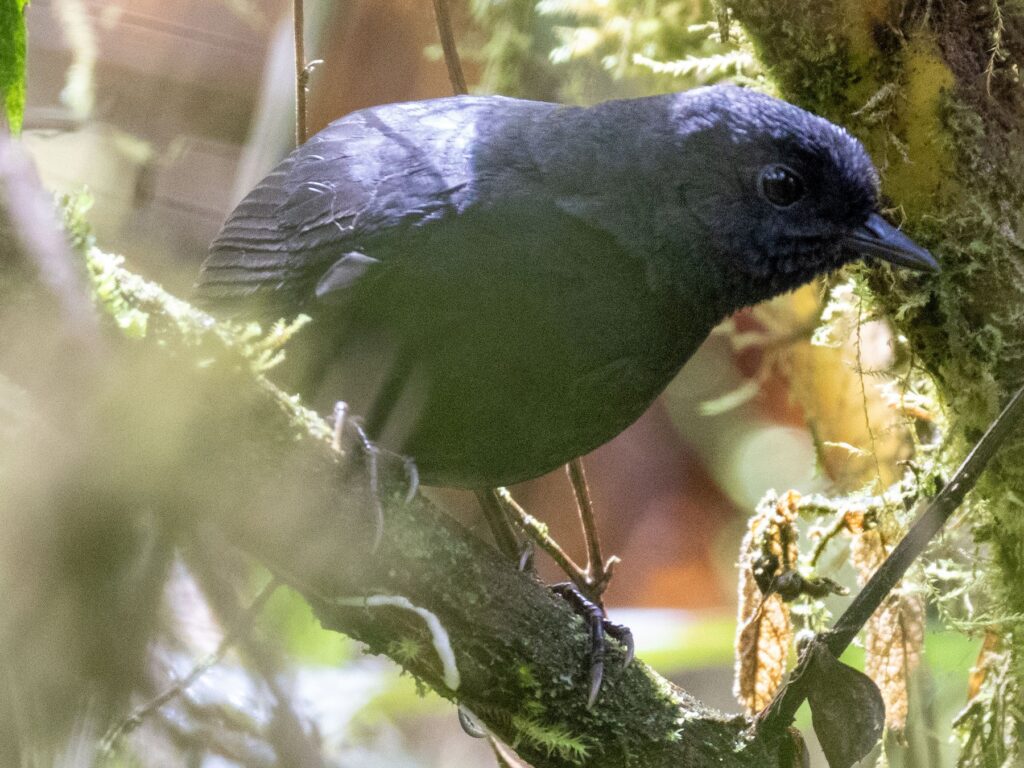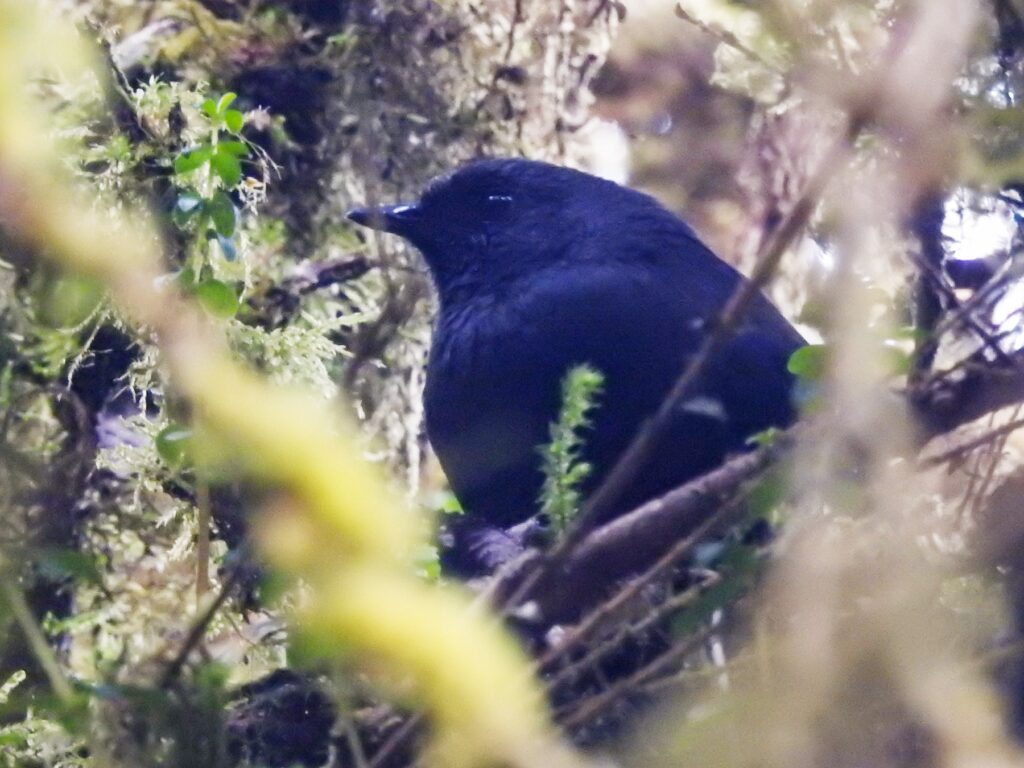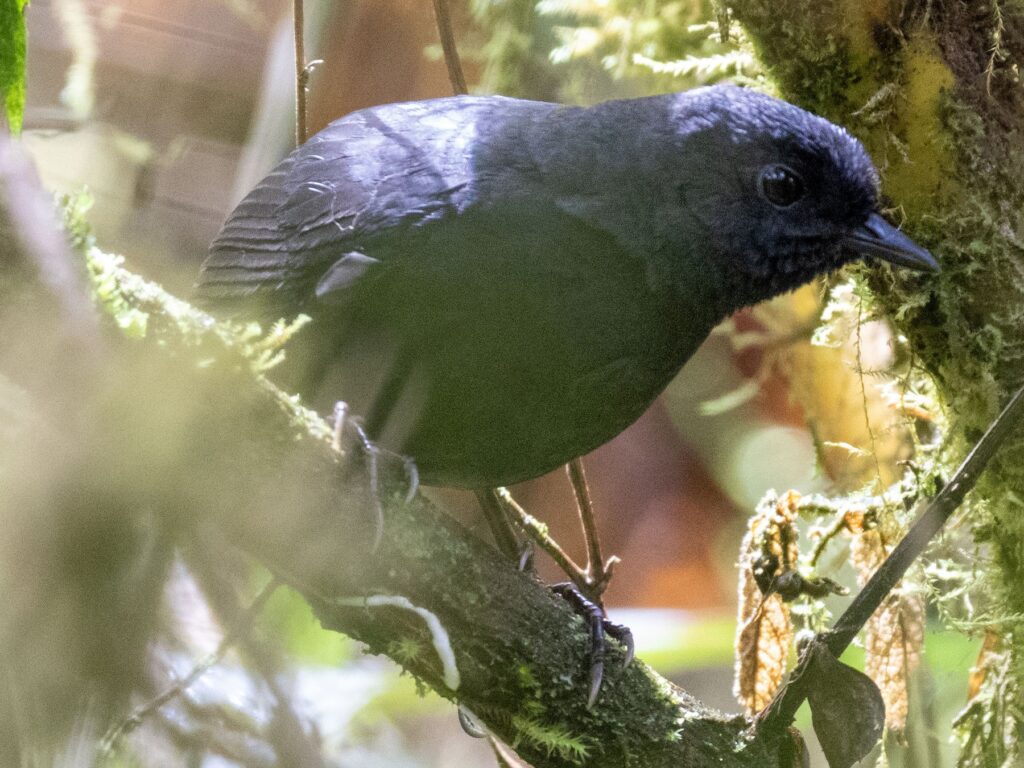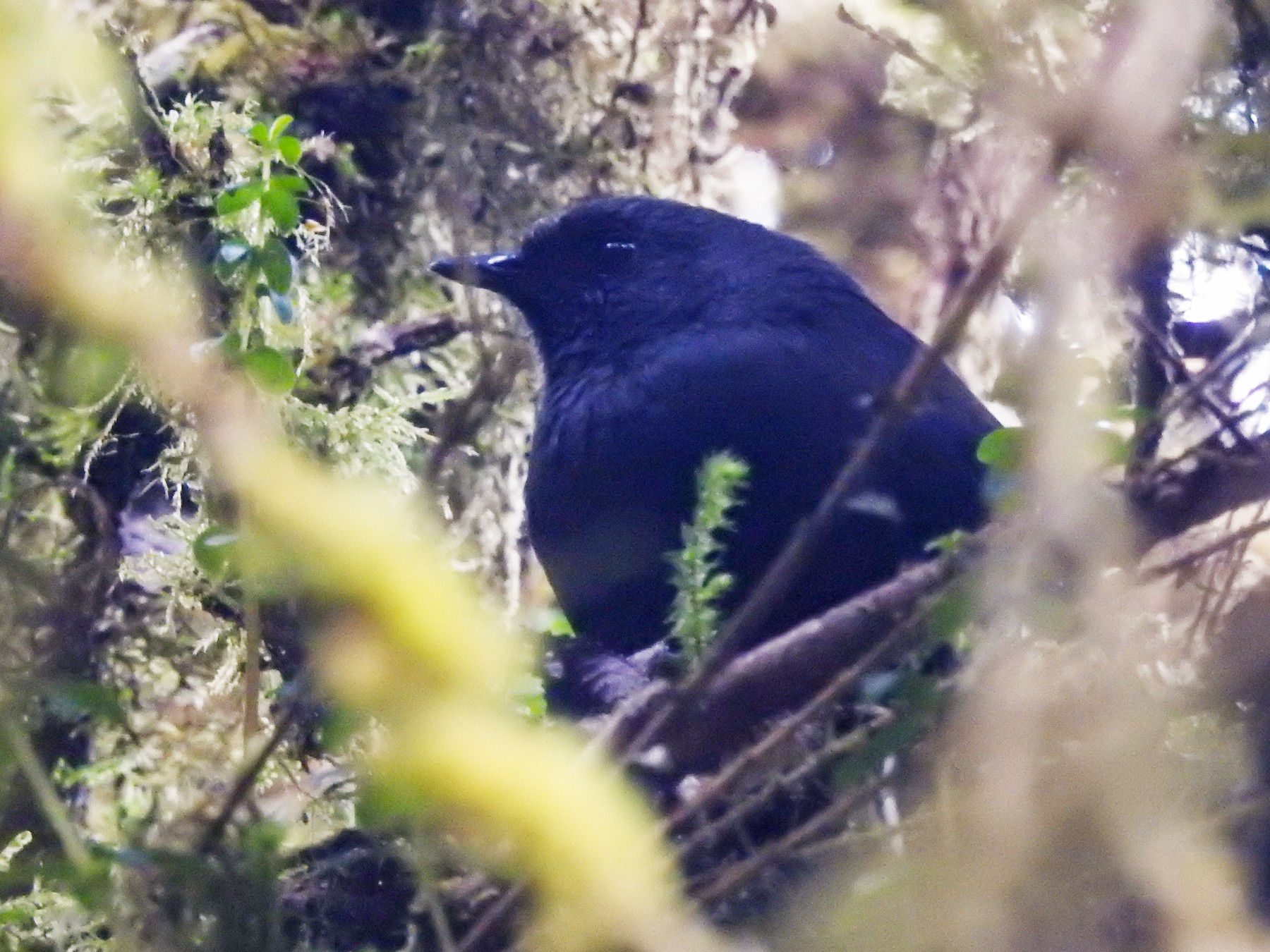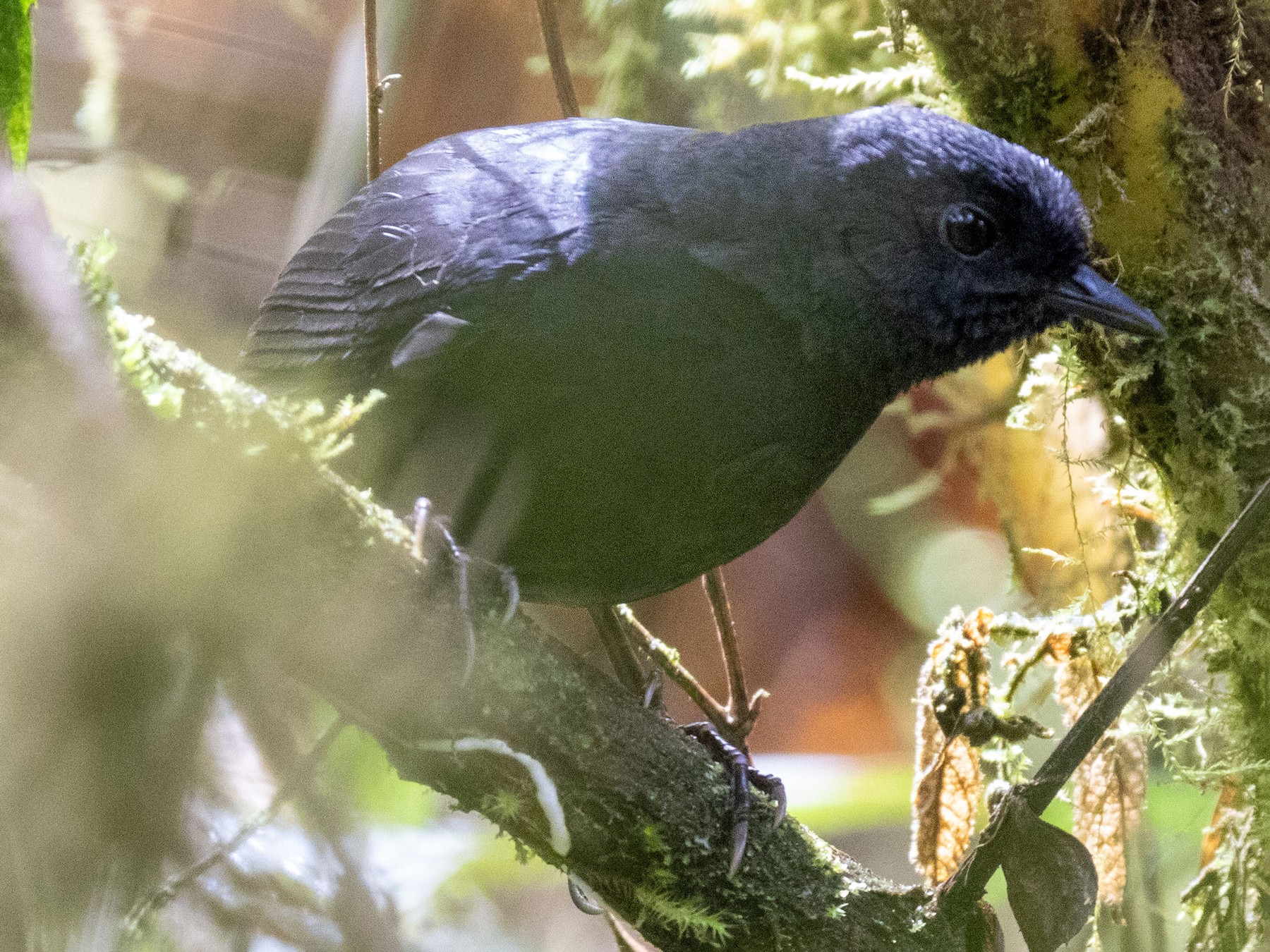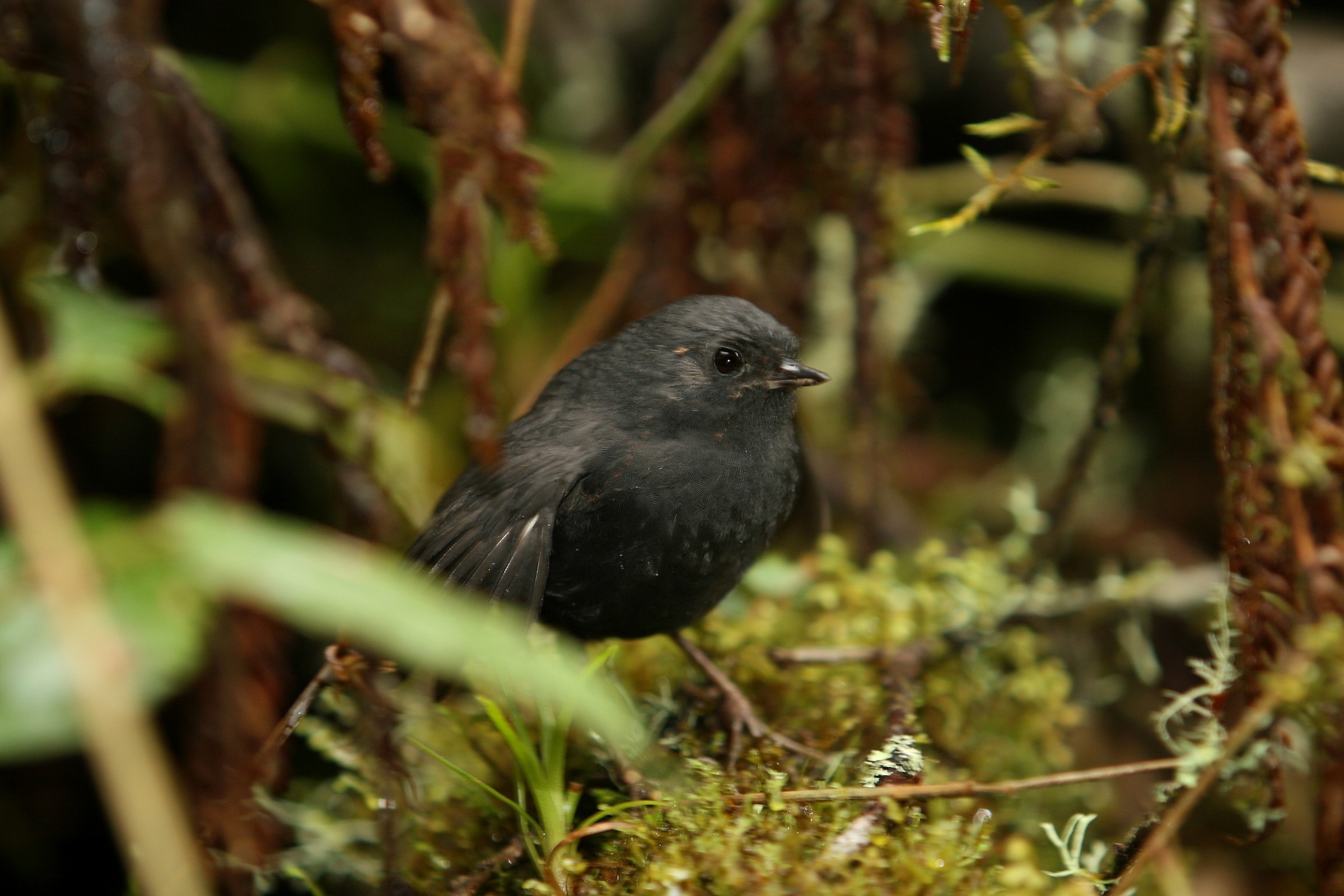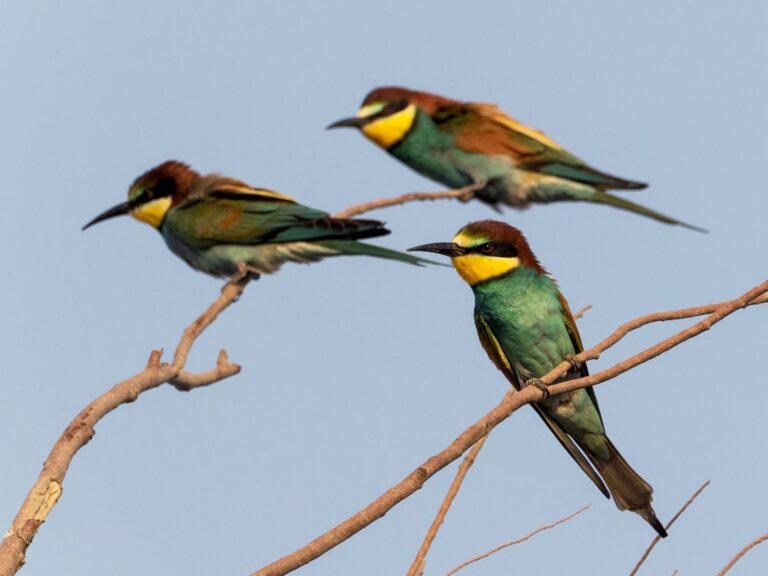Large-footed Tapaculo: The Hidden Gem of South America’s Forests
The Large-footed Tapaculo, or Scytalopus macropus, is a fascinating bird you’ll mostly find in South America. Its robust feet and striking plumage make it a standout for birdwatchers—honestly, you can’t miss it if you know what to look for.
This bird’s unique adaptations help it thrive in habitats that offer just the right mix for feeding and nesting. It’s one of those species that really seems to fit perfectly in its little ecological corner.
The Large-footed Tapaculo shows behaviors that reveal a lot about its place in the ecosystem. You’ll often spot it darting through dense underbrush, using its size and agility to weave through tangles most birds would avoid.
Birders and researchers find it especially interesting because it’s not easy to spot, yet it’s oddly distinctive once you do. Its distribution and the threats it faces are getting more attention these days, which is long overdue if you ask me.
Key Takeaways
- The Large-footed Tapaculo stands out thanks to its distinct features.
- It prefers dense vegetation in South America and has some pretty specific habitat needs.
- Protecting this bird and its ecosystem really matters for its survival.
Sign Up for Our Monthly Newsletter
Every month we send out our newsletter about interesting (and sometimes quirky) things happening in the world of birding. Give it a try!
Taxonomy and Classification
The Large-footed Tapaculo belongs to the Rhinocryptidae family—a group with some truly oddball members. It sits within the genus Scytalopus, and its evolutionary backstory is as tangled as the forests it inhabits.
Scientific Naming and Description
Scientists call it Scytalopus macropus. Someone first described the species in the early 20th century, and the name “macropus” comes from Greek for “large foot”—pretty on the nose, right?
This bird is small, usually about 13 to 15 centimeters long. Its mostly dark plumage lets it disappear into the shadows, and if you listen closely, you’ll hear its whistles and trills—pretty distinctive if you’re paying attention.
Placement within Rhinocryptidae
The Rhinocryptidae family includes several tapaculo species, most of which live in South America and are famously secretive. Scytalopus macropus fits right in and falls under the order Passeriformes.
Tapaculos thrive in dense underbrush, from humid forests to grasslands. Scytalopus macropus manages to adapt to these environments, playing a part in insect control and seed dispersal. Not a bad gig for a little bird.
Relation to the Genus Scytalopus
The Large-footed Tapaculo shares its genus with several other tapaculos, each with its quirks. The name Scytalopus comes from Greek, meaning “to slip or glide”—which fits their elusive vibe.
Birds in this group have similar sizes, coloring, and habits. Scytalopus macropus is closely related to its tapaculo cousins, and studying these relationships helps ornithologists understand just how diverse Rhinocryptidae really is. You can dive deeper into the science with studies like this one on Rhinocryptidae.
Physical Characteristics and Identification
The Large-footed Tapaculo, or Scytalopus macropus, stands out among tapaculos thanks to several features. Birders and researchers find it pretty easy to pick out, especially when compared with similar species.
Distinctive Features
You’ll notice its sturdy build and those impressively large feet right away. Its plumage ranges from dark brown to grayish, with subtle shifts depending on light and surroundings.
Sometimes, the underparts look lighter or even a bit rufous if the sun hits just right. At around 13–14 cm long, it’s one of the bigger tapaculos out there, with a short, conical bill—perfect for snagging insects.
Comparison with Similar Tapaculos
Compared to other tapaculos, the Large-footed Tapaculo’s size and coloring are pretty telling. The Rufous-vented Tapaculo has a much brighter rufous underside, and Tschudi’s Tapaculo looks more even and muted overall.
The Blackish Tapaculo is darker, while the Large-footed Tapaculo’s feet are, well, larger than those of Scytalopus fuscus or Scytalopus atratus. Spotting these differences matters a lot when you’re in a spot with multiple tapaculo species running around.
Distribution and Habitat
The Large-footed Tapaculo sticks to certain parts of Peru, thriving mainly in the Central Andes. It’s picky about its habitat, choosing spots that fit its needs for food and shelter.
Geographic Range in Peru
You’ll find this species in Peru, especially in Junín, Huánuco, and Pasco. Its favorite haunts are in the Central Andes, often in places like the Bosque Unchog, a forest packed with biodiversity. The bird likes elevations from 2,500 to 3,600 meters. These heights offer it plenty of food and nesting options, making life a bit easier for the tapaculo.
Major Habitats and Altitudinal Preferences
Large-footed Tapaculos mostly hang out in moist, montane forests with thick underbrush. These places give them cover for hunting insects and staying safe. The bird really goes for shrubby layers, ferns, grasses, and other low plants. Its chosen altitudinal range helps it deal with the Andes’ wild weather shifts and microclimates.
Presence in Central Andes
In the Central Andes, the tapaculo holds its ground pretty well. This region is a hotspot for biodiversity, so it’s a solid fit for the species. The Cordillera Blanca also gives the tapaculo what it needs. Moisture-rich ecosystems in that area offer plenty for breeding and feeding, though ongoing threats mean we can’t take their presence for granted.
Behavior and Ecology
Let’s talk about what the Large-footed Tapaculo actually does in the wild. Its behaviors and ecological role are honestly pretty fascinating, especially when you see how it fits into its environment.
Feeding Habits
This bird spends most of its time foraging on the forest floor. It hunts for insects, spiders, and other tiny critters, using those big feet to flip leaves and dig around for snacks.
Sometimes, it’ll eat small fruits and seeds, which helps with seed dispersal. Its flexible diet keeps it going even when food gets scarce.
Breeding and Reproduction
The breeding season usually lines up with the wet months, when there’s plenty to eat. Males try to impress females with loud, distinctive calls—honestly, you can hear them from pretty far away.
Nests are tucked away close to the ground in thick vegetation. Females lay two or three eggs and incubate them for about two weeks. After hatching, both parents bring food to the chicks, mostly insects. This teamwork gives the chicks a better shot at surviving those tricky early days.
If you want to geek out on bird behavior or vocalizations, check out this study on bird vocalizations or dig into information about the birds of Peru.
Conservation Status and Threats
The Large-footed Tapaculo faces a bunch of challenges that threaten its numbers and its home. If we want to keep seeing this bird around, we’ve got to pay attention to what’s going on.
Population Trends
It’s tough to pin down exactly how the Large-footed Tapaculo’s population is doing. In some places, it seems stable and is listed as least concern, but there are areas where numbers are dropping.
Deforestation is a big problem. As forests disappear, so do the tapaculo’s homes. People are still collecting data, but we really need more thorough studies to get the full picture.
Threats to Survival
The main threat? Habitat destruction from agriculture and cities spreading out. When forests get cut down, the tapaculo loses places to breed and hunt.
Climate change isn’t helping, either. As conditions shift, the bird faces new stresses—less food, more predators, and shrinking safe zones. Illegal logging just adds to the mess, putting even more pressure on these fragile environments.
Conservation Actions
Some groups are stepping up with habitat preservation and restoration projects. Protected areas are popping up in places where the tapaculo lives, and reforestation efforts are trying to undo some of the damage.
Researchers are learning more about the bird’s habits, which helps focus conservation work. Local communities are getting involved, too, which definitely boosts the odds of success. Education and awareness campaigns try to nudge people toward more sustainable choices—never a bad thing, in my opinion.
Associated Species and Community
The Large-footed Tapaculo hangs out with a wild mix of birds in the Andean region. They all share parts of the same rugged landscape, which leads to some pretty interesting community dynamics.
It’s fascinating to see how these associations form and shift. The biodiversity in this ecosystem never fails to surprise me.
Sympatric Birds of the Andean Region
You’ll often spot the Large-footed Tapaculo in the company of other unique species. The Striated Earthcreeper pokes around the same ground cover, searching for insects.
The Rusty-crowned Tit-Spinetail hangs out in shrubby patches nearby. Sometimes, you might catch a glimpse of the Chestnut Antpitta or Rufous Antpitta moving quietly through the dense understory, always on the hunt for invertebrates.
Birds like the Inca Flycatcher and Peruvian Tyrannulet forage in similar spots. They all seem to thrive on the same feeding strategies, which makes their interactions a little chaotic but fascinating.
Avian Diversity in Overlapping Habitats
The Tapaculo’s world isn’t limited to just a handful of species. The Dark-winged Miner and White-bellied Cinclodes also call these high-altitude places home, braving the tough conditions.
Other birds, like the Bay Antpitta and Black Metaltail, carve out their own little niches. The Rufous-eared Brushfinch jumps into the mix, adding its own flair to the community.
You’ll sometimes see the Yellow-scarfed Tanager or White-cheeked Cotinga flitting nearby. It’s honestly a pretty incredible mix of species.
Frequently Asked Questions
Here are some quick answers to common questions about the Large-footed Tapaculo and related species. If you’re curious about their habitats, quirks, diets, or conservation news, you’re in the right spot.
What is the typical habitat of the Silvery-fronted Tapaculo?
The Silvery-fronted Tapaculo likes dense, humid montane forests. It sticks to underbrush and thick shrubbery, which gives it plenty of cover and places to nest.
How does the Magellanic Tapaculo adapt to its environment?
The Magellanic Tapaculo relies on its strong legs to weave through thick vegetation. It usually forages on the ground, using its coloring to stay hidden from predators.
What are the identifying characteristics of the Paramo Tapaculo?
The Paramo Tapaculo stands out because of its size and unique coloring. It has a sturdy body, short tail, and a mix of brown and gray feathers—perfect for blending into high-altitude terrain.
What is the diet of the Unicolored Tapaculo?
The Unicolored Tapaculo goes after insects and small invertebrates. It hunts on the ground and in low plants, using its sharp bill to grab food.
How do the mating calls of the Brown-rumped Tapaculo differ from other species in their genus?
The Brown-rumped Tapaculo sings a series of clear, melodic notes during mating season. Other species in the genus tend to use more varied or even complicated calls, so this one’s song is pretty recognizable.
What are the conservation statuses of various Tapaculo species?
Tapaculo species show a wide range when it comes to conservation status. Some of these birds struggle with habitat loss and ongoing degradation.
Others seem to be doing a bit better, at least for now. People and organizations continue to work on protecting Tapaculos where they live.
If you want to dig deeper, check out studies on endemic and threatened birds. There’s always more to learn, honestly.

